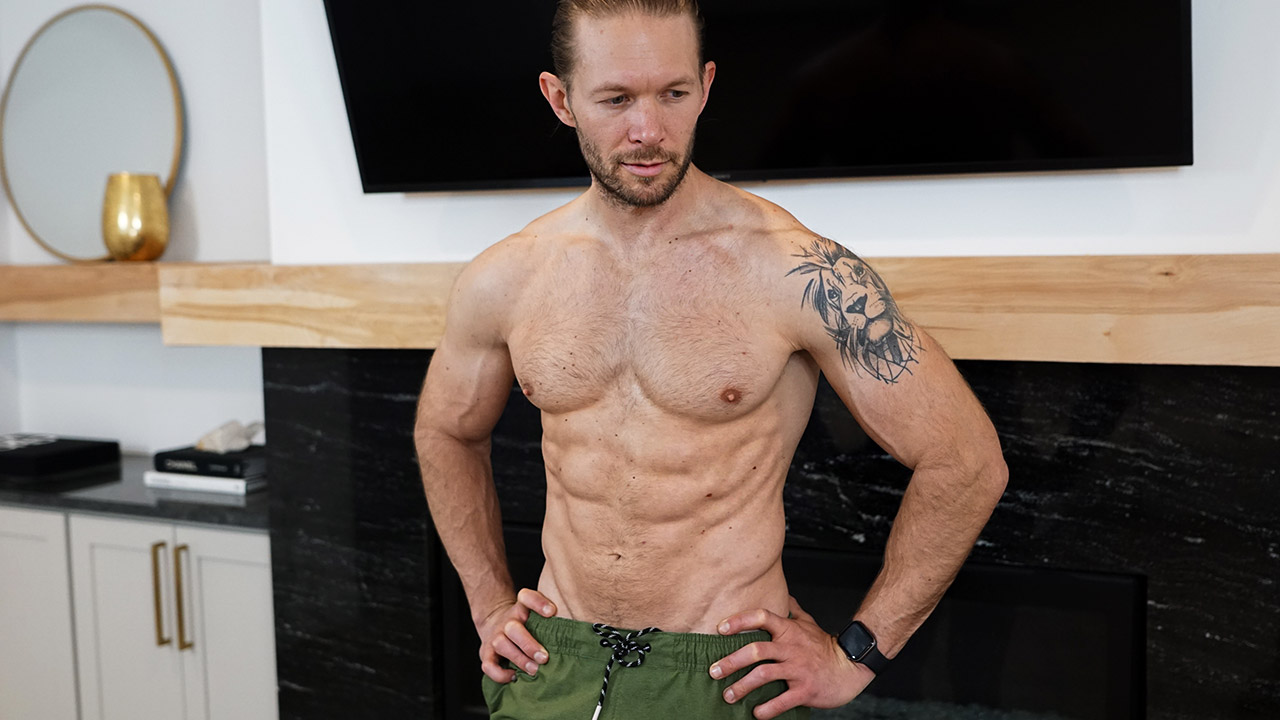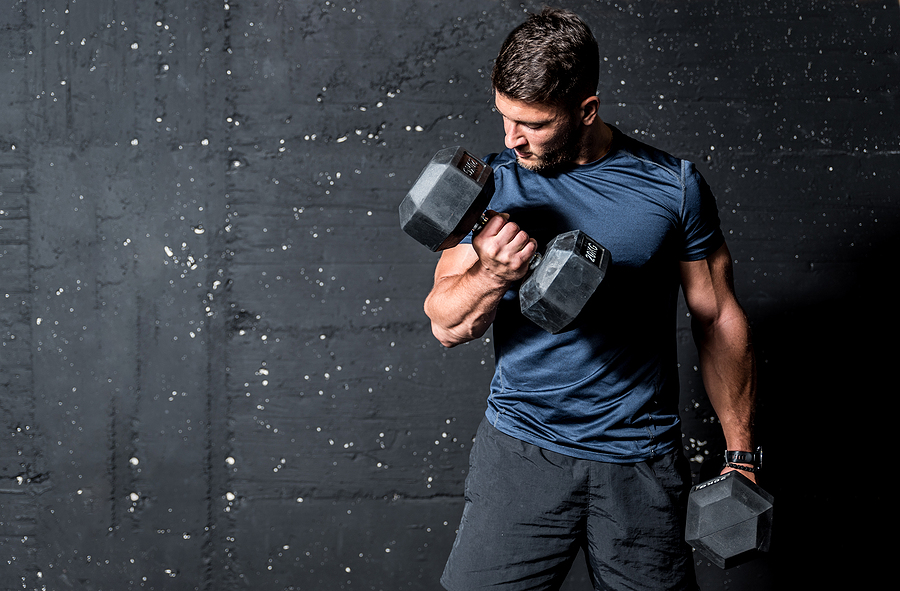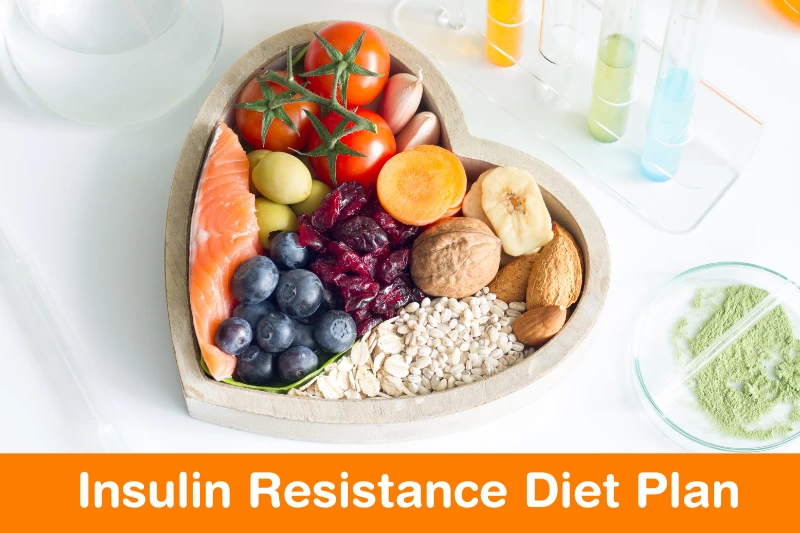By raising the calories you burn, several kinds of physical exercise can help you lose weight. Your age, food, beginning weight will all affect the weight you should anticipate to lose.
According estimates, about halfTrusted Source of all American people try to reduce weight annually. One of the most often used techniques by those wanting to lose a few pounds is exercise. It burns calories, and this is really important for weight loss.
Apart from aiding in weight loss, exercise offers many additional advantages: better moodTrusted Source, stronger bonesTrusted Source, and a lower risk of numerous chronic diseases.
These eight are the top weight-loss exercises.
1. Walking
- Many novices find that walking is a practical approach to work out without feeling overburdened or compelled to buy equipment. Furthermore a lower-impact workout, it is less prone to strain your joints.
- Walking for 140 pounds (65-kilogrammes consumes around 7.6 calories each minute, claims the American Council on Exercise. Walking for a 180-pound (81-kg) individual consumes around 9.7 calories every minute.
- a 12-week studyWalking for 50 to 70 minutes three times a week helped twenty obese women to average 1.5% and 1.1 inches (2.8 cm), respectively, lower body fat and waist circumference.
- Aim to walk three to four times a week for thirty minutes to begin going. As you get more fit, you can progressively lengthen or frequency of your walks.
Read also: 14-day Total Body Strength Challenge Workout
2. Running or jogging
While a running speed is quicker than 6 mph (9.7 km/h), the main distinction is that a jogging pace is usually between 4–6 mph (6.4–9.7km/h). The American Council on Exercise calculates that running consumes 13.2 calories per minute while a 140-pound (65-kg) individual burns around 10.8 calories per minute jogging.
Running consumes around 17 calories per minute and 13.9 calories per minute jogging a 180-pound (81-kg) individual. Jogging and running have been shown by studies to help burn visceral fat, often known as belly fat. This kind of fat ties to many chronic ailments including heart disease and diabetes and wraps around your interior organs. Trusted Source
Aim to jog three to four times a week for twenty to thirty minutes to start. Try running on softer terrain like grass if jogging or running outside hurts your joints. Many treadmills provide built-in padding, which could be simpler on your joints.
3. Bicycle riding
Low impact and non-weight-bearing activity like cycling won't put much strain on your joints. At 10 miles per hour (MPH), the American Council on Exercise calculates that a 140-pound (65-kg) individual burns around 6.4 calories every minute riding. At 10 MPH a 180-pound (81-kg) individual burns around 8.2 calories every minute riding.
Regular cyclists have also shown superior general fitness, higher insulin sensitivity, and a reduced risk of heart disease, cancer, and mortality than non-regular cyclists according to studies.
Though cycling is usually an outside sport, many gyms and fitness centres provide stationary bikes that let you pedal indoors.
Read also: Best Home Fitness Equipment For Small Spaces
4. Learning weight training
By increasing strength and encouraging muscle development, weight training can help you raise your resting metabolic rate (RMR), or the calories your body burns at rest. The American Council on Exercise projects that a 140-pound (65-kg) individual burns around 7.6 calories every minute of weight training. A 180-pound individual burns around 9.8 calories every minute of weight exercise.
Six months of research oneAccording to Trusted Source, three times a week 11 minutes of strength-based activities produced an average 7.4% improvement in metabolic rate. That increase in this research equated to burning extra 125 calories every day. One more investigationAccording to trusted sources, 24 weeks of weight training raised men's metabolic rate by 9%, meaning they burned over 140 extra calories daily. Among women, the metabolic rate rise was over 4% or 50 extra calories daily.
Studies also revealTrusted Source that, compared to aerobic activity, your body keeps burning calories several hours after a weight-training session.
5. Interval practice
More usually referred to as high intensity interval training (HIIT), interval training is a general term for brief bursts of hard activity alternately with recovery periods. Usually lasting ten to thirty minutes, an HIIT session may burn numerous calories. HIIT burnt 25–30% more calories per minute than other forms of exercise, according one studyTrusted Source including weight training, cycling, and jogging on a treadmill. HIIT might therefore enable you burn more calories while doing less.
Many studies have demonstrated that HIIT is particularly good for burning abdominal fat, which is related to many chronic conditions. Choose a kind of activity—running, leaping, or riding, for example—then decide on your workout and rest intervals. On a bike, for instance, cycle as hard as you can for thirty seconds then gently for one to two minutes.Spend 10 to 30 minutes repeating this sequence.
Read also: What Exercise Burns The Most Calories
6. swimming
A 140-pound (65-kg) individual burns around 9 calories per minute swimming at a crawl or moderate pace, according to the American Council on Exercise. A 180-pound (81-kg) individual consumes around 11.6 calories per minute swimming at a crawl or moderate speed.
Your swimming technique seems to determine the calorie burning rate.The most calories were burnt, according one studyTrusted Source, during the breaststroke; followed by the butterfly, backstroke, and freestyle.
One 12-week investigationSwimming for 60 minutes three times a week dramatically lowered body fat, increased flexibility, and lowered numerous heart disease risk factors including high total cholesterol and blood triglycerides, according to trusted source in 24 middle-aged women. Its low impact nature makes swimming easier on your joints. For those with injuries or joint discomfort, this makes it a fantastic choice.
7. Yoga
Although yoga is not usually seen as a weight-reduction workout, it burns a reasonable number of calories and has many other health advantages that might support weight loss. Twelve weeks of researchBy 1.5 inches (3.8 cm), on average, those who attended two 90-minute yoga sessions each week showed more average waist circumference decrease than those in the control group. Trusted Source 60 women with obesity
The yoga group also felt better physically and mentally. Studies have really foundTrusted Source that yoga may help one develop awareness and lower stress. Though you may practise yoga anywhere, most gyms provide classes. This covers from your own house as many guided lessons are available online.
8. Pilates
A research sponsored by the American Council on Exercise claims that someone weighing around 140 pounds (64 kg) would burn 108 calories in a 30-minute beginning's Pilates session or 168 calories at an advanced class of the same length.
Pilates may not burn as many calories as aerobic activities like jogging, but many people find it fun and this makes it simpler over time to stick to. an eight-week research projectCompared to a control group that performed no exercise over the same period, trusted Source in 37 middle-aged women discovered that doing Pilates movements for 90 minutes three times a week considerably lowered waist, stomach, and hip circumference.
Pilates might also cuttrusted source reduces lower back discomfort and improvesStrength in trusted sources; balance; flexibility; endurance; general fitness. Pilates may be done at home or at one of the several gyms providing Pilates sessions.
Combining Pilates with a balanced diet and other types of exercise, including weight training or cardio, will help to maximise weight reduction.



:max_bytes(150000):strip_icc()/GettyImages-1309844633-89f5103d59e6469eac2c61e736f663a0.jpg)




 (1).webp)
